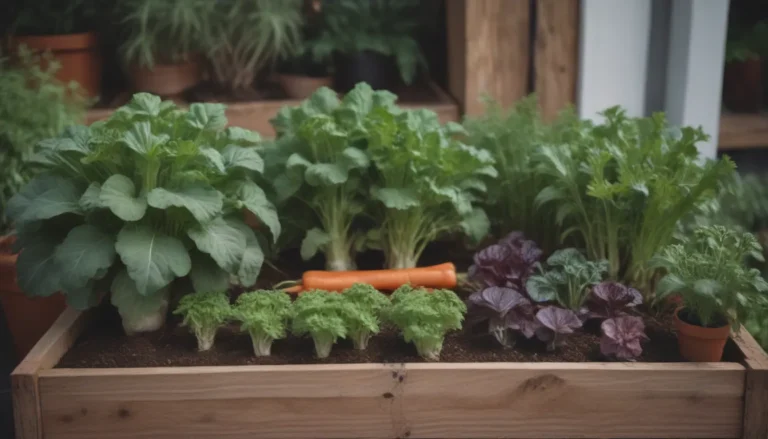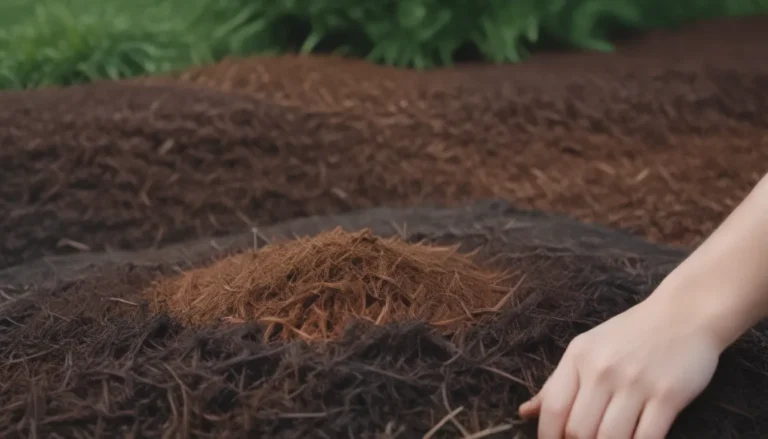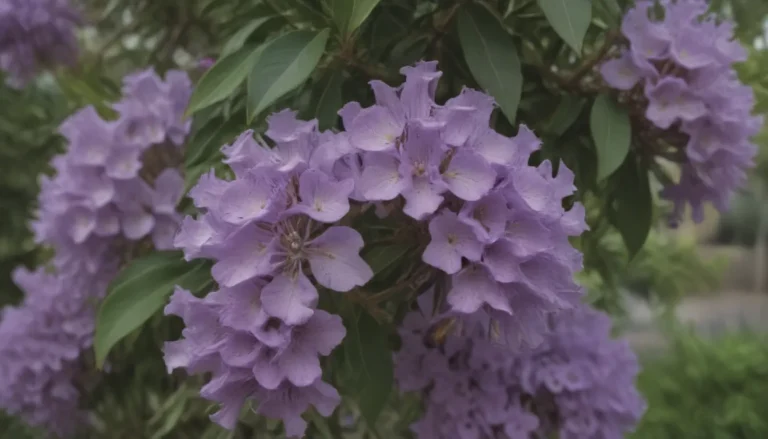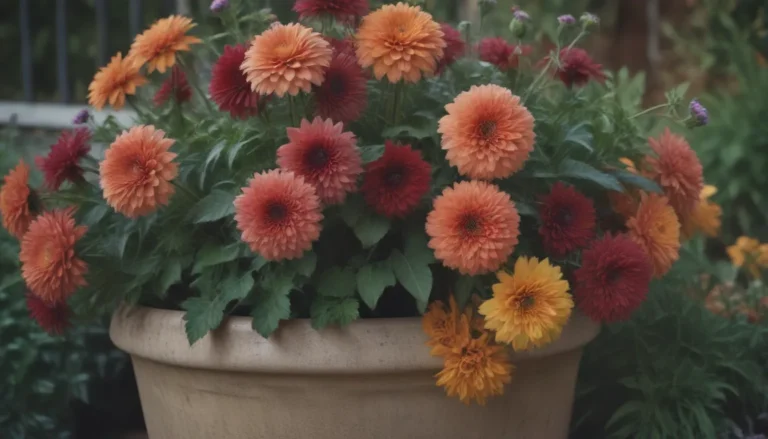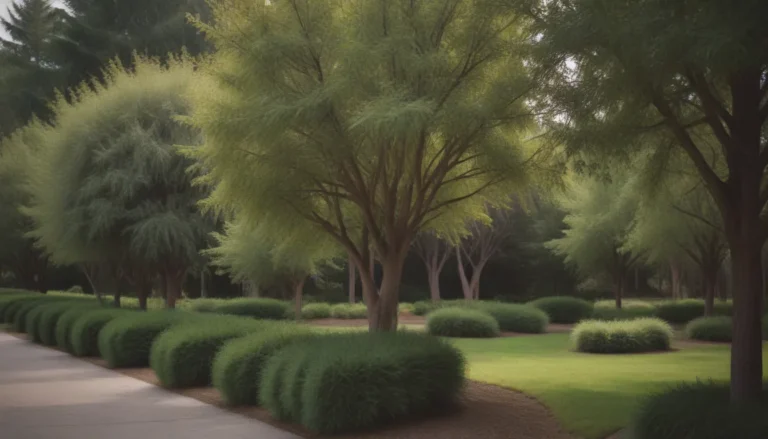Everything You Need to Know About Bird of Paradise Plants
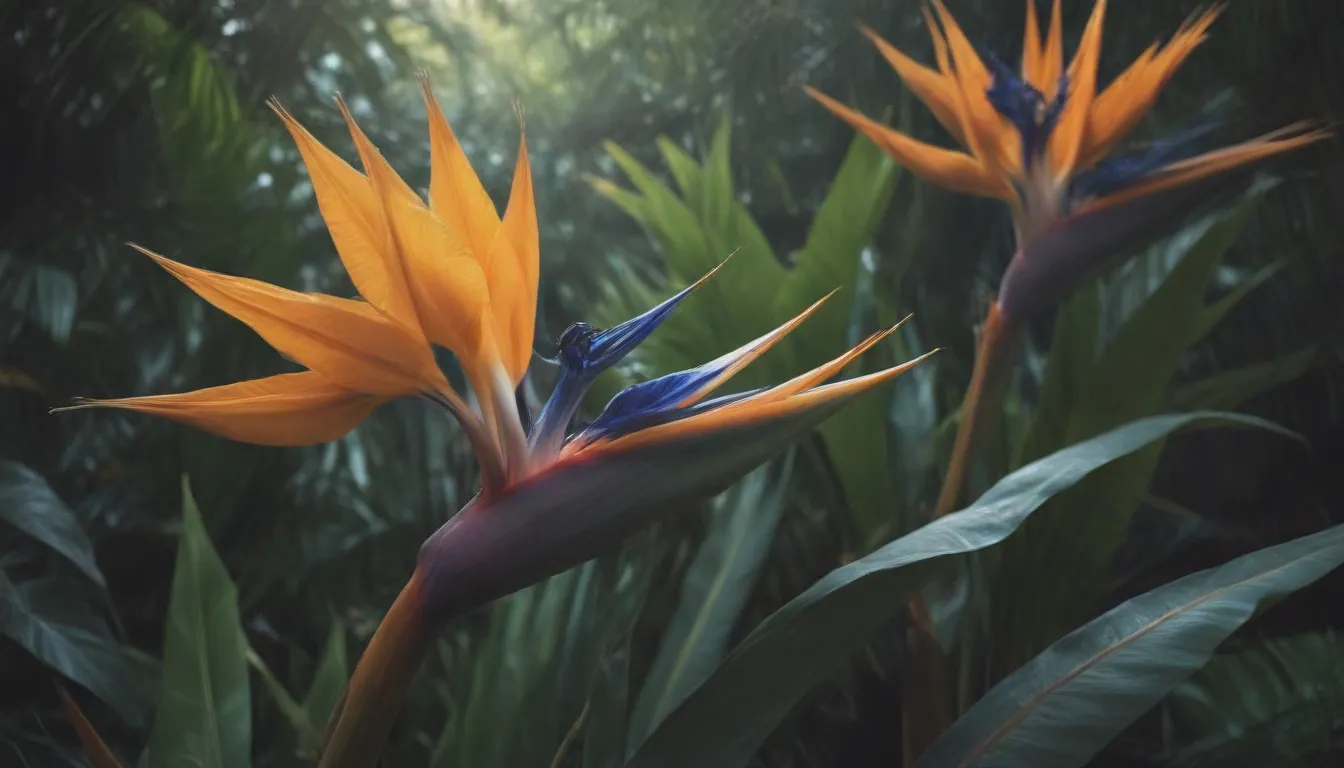
Are you a plant lover looking to add some exotic flair to your botanical collection? Look no further than the stunning bird of paradise plants. These plants are not only visually striking but also come in a variety of species that cater to different environments and preferences. In this comprehensive guide, we will explore the different types of bird of paradise plants, care tips, and much more to help you become a pro at cultivating these beauties in your home or garden.
Introduction to Bird of Paradise Plants
Bird of paradise plants are not just your average houseplants – they are true showstoppers. However, it’s important to note that there are two entirely different species of plants that share the common name “bird of paradise”. The first type is a low-growing jungle plant with exotic flowers belonging to theStrelitzia genus, native to South Africa. The second type, from theCaesalpinia genus, includes a range of trees and shrubs with a desert-loving disposition. Both types of bird of paradise plants are known for their unique beauty and are a popular choice for plant enthusiasts.
Warning
All types of bird of paradise plants are considered toxic to humans and animals. It’s important to handle these plants with care and keep them out of reach of children and pets.
Bird of Paradise Care Tips
Proper care is essential to ensure your bird of paradise plants thrive and remain healthy. Whether you’re growing them outdoors or as houseplants, here are some valuable care tips to keep in mind:
-
Light: Bird of paradise plants thrive in bright light. Make sure they receive adequate sunlight either through a sunny window or artificial light source.
-
Temperature: Avoid exposing your plants to temperatures below 50 degrees Fahrenheit, as they prefer warm and humid conditions.
-
Humidity: ForStrelitzia species, maintain high humidity levels to mimic their natural habitat. You can achieve this by misting the plant frequently.
-
Soil: Use well-draining soil for optimal growth and avoid overwatering, as this can lead to root rot.
The Different Types of Bird of Paradise Plants
Here are five distinct species from the two plant genera, each sharing the common name “bird of paradise”:
1. Bird of Paradise (Strelitzia reginae)
Native to South Africa, this variety, also known as the crane flower, features long leathery leaves and striking orange and blue blooms. The flowers resemble the head and crown of a bird and bloom multiple times throughout the year.
- USDA Hardiness Zones:
- Mature Size:
- Light:
- Soil Needs:
2. White Bird of Paradise (Strelitzia nicolai)
This larger species boasts white sepals and bluish-purple tongues, with leaves that resemble those of a banana tree. Native to South Africa, it’s a visually stunning addition to any garden or indoor space.
- USDA Hardiness Zones:
- Mature Size:
- Light:
- Soil Needs:
3. Red Bird of Paradise (Caesalpinia pulcherrima)
Belonging to theCaesalpinia genus, this shrub is known for its red-orange flowers and prickly stems. It is a fast-growing, evergreen plant native to arid regions of the tropical Americas.
- USDA Hardiness Zones:
- Mature Size:
- Light:
- Soil Needs:
4. Mexican Bird of Paradise (Caesalpinia mexicana)
Closely related to the red bird of paradise, this broad-leaved evergreen tree hails from northern Mexico. With yellow flowers resembling azaleas, it adds a vibrant touch to any garden.
- USDA Hardiness Zones:
- Mature Size:
- Light:
- Soil Needs:
5. Yellow Bird of Paradise (Caesalpinia gilliesii)
Native to Argentina and Uruguay, this shrub-like plant features red or yellow azalea-like flowers and fernlike leaves. It is evergreen in warmer climates and self-seeds easily.
- USDA Hardiness Zones:
- Mature Size:
- Light:
- Soil Needs:
Bringing Bird of Paradise Plants Into Your Home
Bird of paradise plants, whether from theStrelitzia orCaesalpinia genus, can add a touch of exotic beauty to any space. With their unique flowers and striking foliage, they are sure to make a statement in your home or garden. However, remember to provide them with the right care and attention they need to thrive and flourish.
If you’re intrigued by bird of paradise plants, you may also enjoy exploring other tropical beauties like lobster claws (Heliconia) and bromeliads. These plants offer a similar level of showiness and can be a great addition to your botanical collection.
In conclusion, bird of paradise plants are not just visually stunning but also versatile and easy to care for. By understanding the different types and their specific needs, you can create a lush and vibrant oasis in your home or garden. So, why not bring a touch of the tropics into your life with these magnificent plants?
Remember, a little love and attention go a long way when it comes to growing bird of paradise plants. Happy planting!
